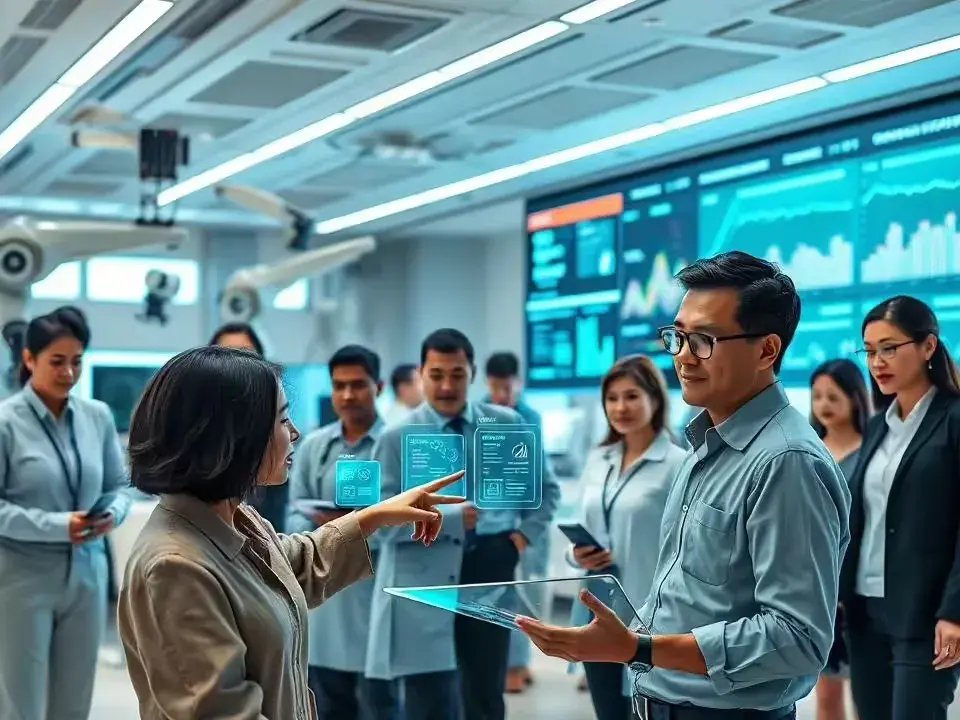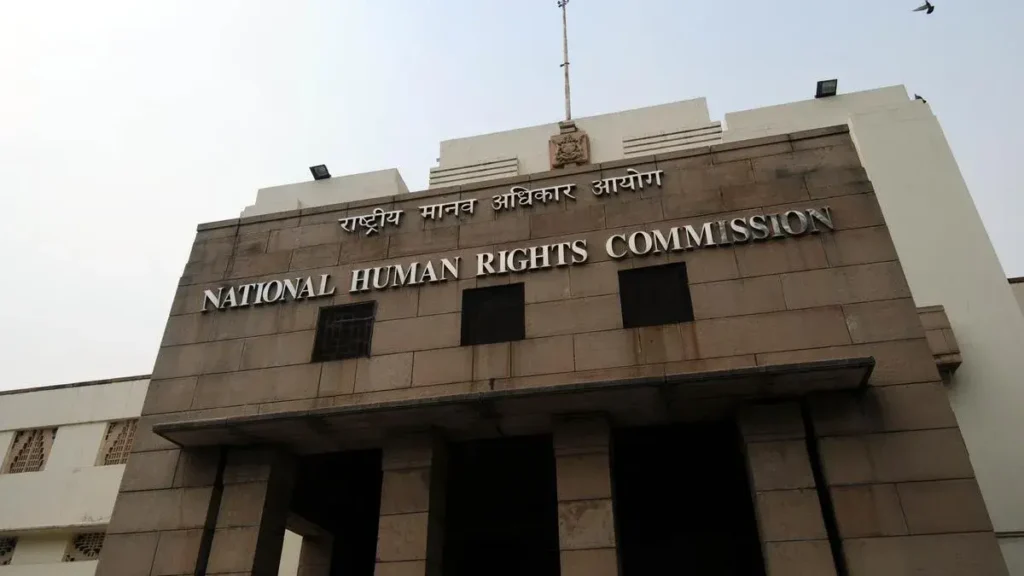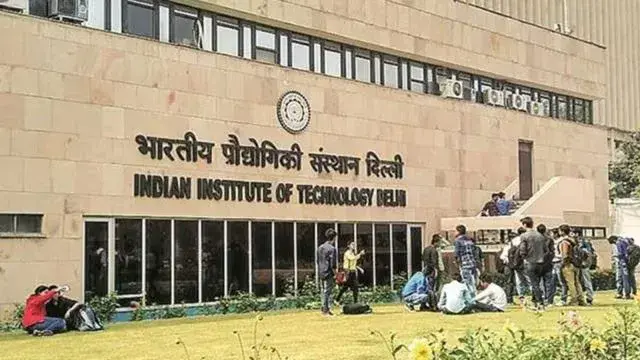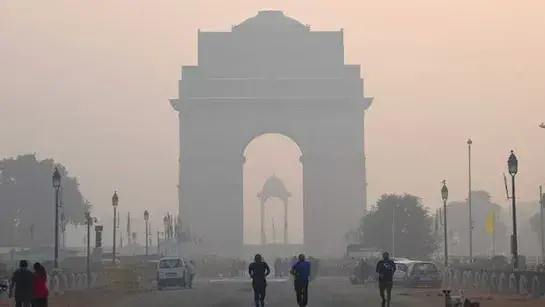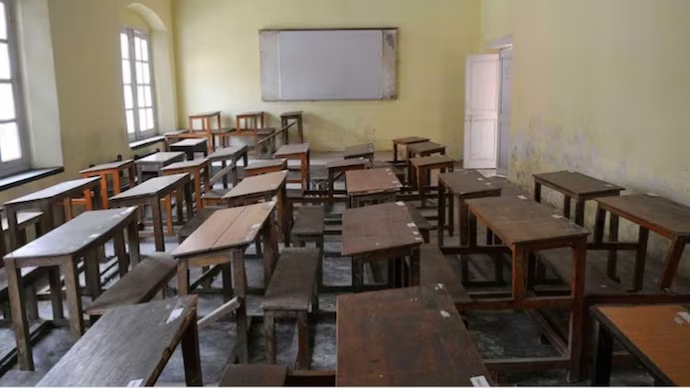AI Transforms Payroll and Attendance: Indian Platforms Redefine Workforce Automation
Artificial Intelligence is quietly revolutionizing one of the most traditional business functions — payroll and attendance management. What was once a routine administrative task is now becoming a strategic intelligence layer, driven by AI, analytics, and biometrics. The age of manual registers and spreadsheet payrolls is fading fast. Today’s systems leverage facial recognition, RFID scanners, and GPS tracking to automate attendance and salary processing. A 2025 EY report reveals that more than 60% of Indian employers are already using AI for payroll forecasting, compensation benchmarking, and workforce analytics — signaling a major shift from back-office operations to boardroom strategy. The latest workforce platforms blend automation with data-driven insight. AI algorithms now detect anomalies such as attendance gaps, duplicate records, or payroll mismatches — cutting processing errors by up to 70%, as per LiftHCM. Machine learning further enables predictive scheduling, overtime management, and compliance forecasting. Across India, this transformation spans every segment of the market: Petpooja Payroll, initially a restaurant-tech startup, now offers an integrated biometric-plus-cloud payroll suite for MSMEs taking their first digital leap. Pagarbook brings automation to small retailers and workshops through an easy mobile-first interface — echoing India’s growing trend of mobile-led HR adoption. Keka (Hyderabad) and GreytHR (Bengaluru) serve mid-tier businesses with full-fledged HRMS systems that unify attendance, leave, payroll, and analytics dashboards — merging enterprise-grade efficiency with startup-style innovation. At the enterprise level, Darwinbox and Workday lead the charge. While Workday continues to be the global HCM benchmark used by over 65% of Fortune 500 firms, Darwinbox exemplifies India’s homegrown AI innovation, incorporating conversational interfaces, predictive analytics, and seamless workflow integrations. For forward-looking organizations, payroll data is fast becoming a goldmine of workforce intelligence — revealing insights into productivity, engagement, and cost efficiency. CIOs are now positioning attendance and payroll automation alongside ERP, cybersecurity, and analytics as core pillars of digital transformation. As India enters 2025, payroll management is no longer just about salary disbursal. It’s about converting workforce data into actionable strategy — redefining how businesses measure, manage, and maximize human potential. Source: Economic Times
AI Transforms Payroll and Attendance: Indian Platforms Redefine Workforce Automation Read More »

